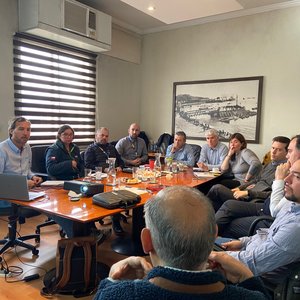Fluoride in krill meal is not accumulated in fish fillets
Current regulations governing the fluorine content in fish feed appears to restrict the use of plankton, such as krill, as feed ingredients. Neither fish health nor food safety are affected by the inclusion of krill and other plankton in fish feed.
Undesirable substances in krill meal
Plankton species such as krill and amphipods are rich in protein and are natural prey for fish, consequently they are a possible alternative ingredient to fish meal in fish feed. However, analyses carried out at NIFES show that these feed components can contain high concentrations of fluoride and cadmium. The EU has established maximum limits for these undesirable substances in fish feed and this currently limits the amount of krill and amphipod meal that can be included as ingredients in fish feed.
Fluoride is not accumulated in fish fillets
Researchers at NIFES have shown that fluoride is not accumulated in the fillets of salmon that have been raised on krill meal-based feed with a fluoride content that is more than twice as high as the EU maximum limit of 150 mg per kg feed. Corresponding feed trials were also carried out with cod and halibut. Atlantic cod were given feed containing 100% replacement of fish meal by Antarctic krill meal for 75 days. The feed fluoride level was five times higher than the EU maximum limit. Analyses of fillets showed that the amount of fluoride was approximately the same as in cod that had been given feed containing no krill meal. Nor was there fluoride in the fillet of halibut that had been fed on plankton-based feed with a fluoride content almost seven times higher than the EU maximum limit for fluorine in fish feed. The level of cadmium and copper was also measured in the feeding trials and no accumulation was found in the fish fillets.
Re-evaluation of the maximum limit for fluorine in feed
Based on the fish feeding trials carried out at NIFES and other similar research, the European Commission is considering increasing the upper limit for fluoride in feed from 150 mg per kg to 350 mg per kg, while the maximum limit for cadmium has recently been increased.
Contact: Dr. Heidi Amlund, Seafood Safety Research Programme, NIFES.










